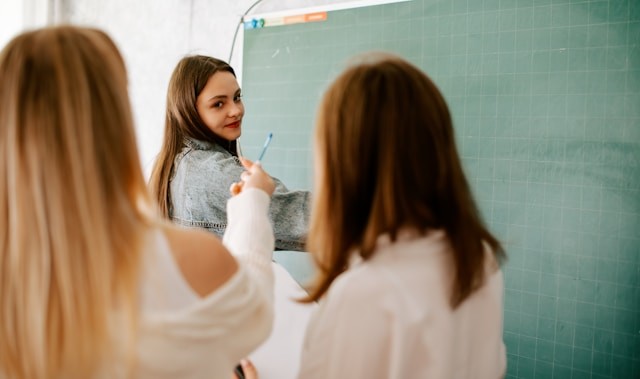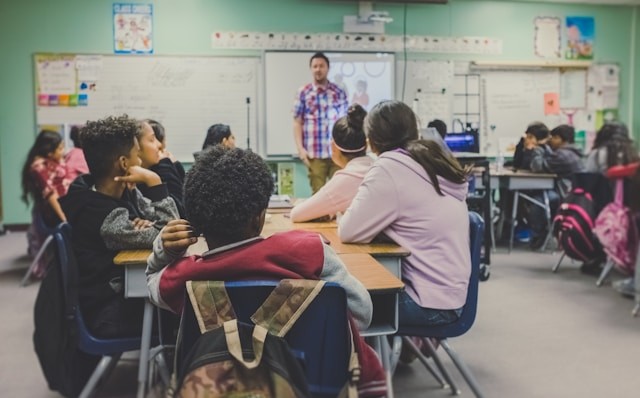Introduction
Modern education is evolving rapidly, incorporating various innovative techniques to engage children and enhance their learning experiences. These methods focus on making learning fun, interactive, and effective. This article explores several modern educational techniques, highlighting how using characters like Rainbow Friends can make learning more enjoyable for children.
Gamification in Education
What is Gamification?
Gamification involves incorporating game elements into educational activities to make learning more engaging. This can include point scoring, leaderboards, badges, and challenges.
-
Benefits: Increases motivation, encourages participation, and improves retention.
-
Application: Teachers can use educational games to teach subjects like math, science, and language arts.
Example: Rainbow Friends in Gamification
Using characters like Rainbow Friends, educators can create interactive games where children solve puzzles or complete tasks with their favorite characters. This makes learning feel like play, encouraging children to engage more deeply with the material.

Interactive Learning Apps
Features of Effective Learning Apps
Interactive learning apps are designed to make education more dynamic and personalized. These apps often include multimedia elements, interactive exercises, and instant feedback.
-
Benefits: Personalized learning pace, immediate feedback, and accessibility.
-
Examples: Apps like ABCmouse, Khan Academy Kids, and Duolingo.
Incorporating Rainbow Friends
An educational app featuring Rainbow Friends can captivate children by integrating these beloved characters into lessons. For instance, a math app could have Rainbow Friends guiding children through problems, making the experience more relatable and fun.
Augmented Reality (AR) and Virtual Reality (VR)
Enhancing Learning with AR and VR
AR and VR technologies create immersive learning experiences by overlaying digital information onto the real world (AR) or creating entirely virtual environments (VR).
-
Benefits: Enhances engagement, provides experiential learning, and aids in visualizing complex concepts.
-
Applications: Virtual field trips, interactive science experiments, and historical reenactments.
Example: Rainbow Friends in AR
Imagine a history lesson where Rainbow Friends characters appear in augmented reality, guiding children through historical events. This not only makes the learning experience more interactive but also helps children retain information more effectively.

Project-Based Learning (PBL)
What is Project-Based Learning?
PBL is a student-centered pedagogy that involves students in projects that require critical thinking, problem-solving, and collaboration.
-
Benefits: Develops real-world skills, encourages deep learning, and fosters teamwork.
-
Examples: Building a simple machine, creating a class newspaper, or developing a small garden.
Integrating Rainbow Friends
Teachers can design projects where children create stories, artwork, or simple science experiments involving Rainbow Friends. For example, a project could involve designing a new Rainbow Friends character and explaining its role and abilities, integrating creativity with learning objectives.
Flipped Classroom
Concept of Flipped Classroom
In a flipped classroom, traditional teaching methods are reversed. Students learn new content at home via videos and other resources and then apply that knowledge in the classroom through activities and discussions.
-
Benefits: Encourages self-paced learning, increases classroom engagement, and enhances understanding.
-
Implementation: Teachers provide video lectures for homework and use class time for hands-on activities.
Example with Rainbow Friends
Teachers can use Rainbow Friends-themed videos for at-home lessons, making the content more appealing to children. In class, students can engage in group activities or discussions based on what they learned from the videos.
Social and Emotional Learning (SEL)
Importance of SEL
SEL focuses on developing children’s social and emotional skills, such as empathy, self-awareness, and effective communication.
-
Benefits: Improves academic performance, enhances emotional well-being, and builds better interpersonal skills.
-
Techniques: Role-playing, group discussions, and mindfulness exercises.
Role of Rainbow Friends
Characters like Rainbow Friends can be used in SEL activities to teach lessons about kindness, teamwork, and dealing with emotions. For instance, a story involving Rainbow Friends resolving a conflict can provide a relatable scenario for children to discuss and learn from.
Conclusion
Innovative educational methods are crucial for making learning engaging and effective for children. By incorporating gamification, interactive apps, AR/VR, project-based learning, flipped classrooms, and SEL, educators can create a dynamic and enjoyable learning environment. Characters like Rainbow Friends add an element of fun and familiarity, making these techniques even more appealing to young learners. As education continues to evolve, these methods will play a vital role in shaping the future of learning.

